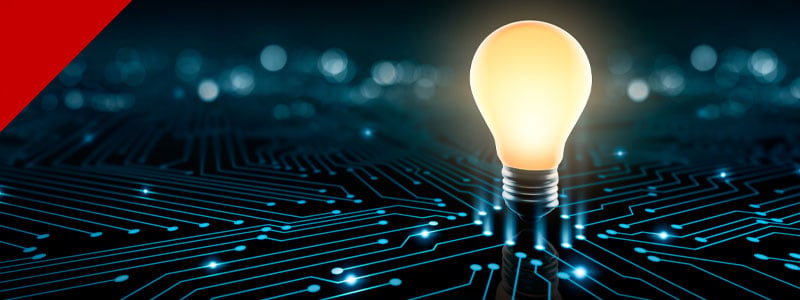Ivanti Neurons Get More Synapses Sparking
I t’s been a whirlwind of excitement since our Ivanti Neurons announcement last month. We’ve been delighted by the responses received from customers, partners, and industry press. Among the many thoughts shared back, the ideas organizations have for solving operational challenges are getting creative. And why not? Imagine the possibilities with a platform that offers so much power to discover, manage, secure and service endpoints from the cloud to the edge.
t’s been a whirlwind of excitement since our Ivanti Neurons announcement last month. We’ve been delighted by the responses received from customers, partners, and industry press. Among the many thoughts shared back, the ideas organizations have for solving operational challenges are getting creative. And why not? Imagine the possibilities with a platform that offers so much power to discover, manage, secure and service endpoints from the cloud to the edge.
Hyper for Automation
Sure, automation has been around a while – workflow automation has been helping various areas in organizations for years. But hyper-automation is different. It’s bringing the collaborative robot, or “cobot” experience into the realm of IT service in a way previously dependent on manual human intervention. These automation-powered bots have the ability to anticipate and respond to users’ requests within the context of a dialogue. IT staff are equally hyped about Ivanti Neurons for Healing because hyper-automation opens up career growth – replacing routine, reactive tasks with more dynamic projects that keep each day different from the last.
Forward-Thinking Insights
The potential for technological expansion is only limited by boundaries set in the mind. The accelerated migration to remote work has added proof to boundless connectivity and a future where work is done anytime, from anywhere. So, how do you keep end users productive, today and tomorrow? Ivanti Neurons for Edge Intelligence keeps a real-time focus on the performance of users’ devices, providing the details necessary for IT analysts to keep systems optimized. And when there is an incident, the aggregated insights help determine whether an outage is isolated to a user, or a situation affecting a larger population, and speed the time to resolution. This kind of more flexible, responsive (even predictive) support is the opportunity to change the relationship between end users and IT.
Intelligence and Awareness
Most of us can appreciate the experience of bringing a car to the repair shop, only for the auto mechanic to tell us “I ran some diagnostics, but couldn’t get the car to do what you described”. Many of us have experienced the same with our office tech – the slow login, the app that crashes (but only sometimes), the infamous blue screen. In the past, we have opened IT tickets, and maybe the problem is able to be reproduced by the support analyst. The Ivanti Neurons Workspace disrupts the historical pattern of diagnostics. It is designed with operational awareness to collect real-time data equipping first line analysts with the information to resolve more issues, faster. Think not only of the time savings for both IT and the end user, but the cost savings that comes from reducing the escalations previously sent up to specialists.
“A-ha!” Moments
Discovering new devices is a cornerstone of endpoint management – not to mention security. Preventing a rogue device from introducing threats to the enterprise go back to even before infamous security breaches from the mid-2000’s. Now, with Ivanti Neurons for Discovery, there are really unique new ways to use this same detection capability. The easy discovery example is the employee who has bought a new device. The device easily becomes associated with its users at first connection – IT then recognizes and knows it belongs. More unique use cases incorporate nuances resulting from the pandemic and incorporating them with security. Consider the vendor arriving onsite at an office location. As the visitor’s vehicle is shifted into Park, the driver’s mobile device receives an alert from the office’s facilities management department asking them some COVID-19 clearance questions. That device is not only discovered, but now has been tethered to an authorized site guest, identifying him/her as being on the corporate campus and confirmed healthy for building entry.
By now, the wheels of imagination are spinning in your own mind. You know you need to keep pace with the explosive growth of data and devices we’re witnessing. What cool, new ways will you address an increasingly remote work environment? How can you entice Gen-Z talent with a more consumer-like experience? Let’s keep brainstorming. We’re excited to build these ideas together!

